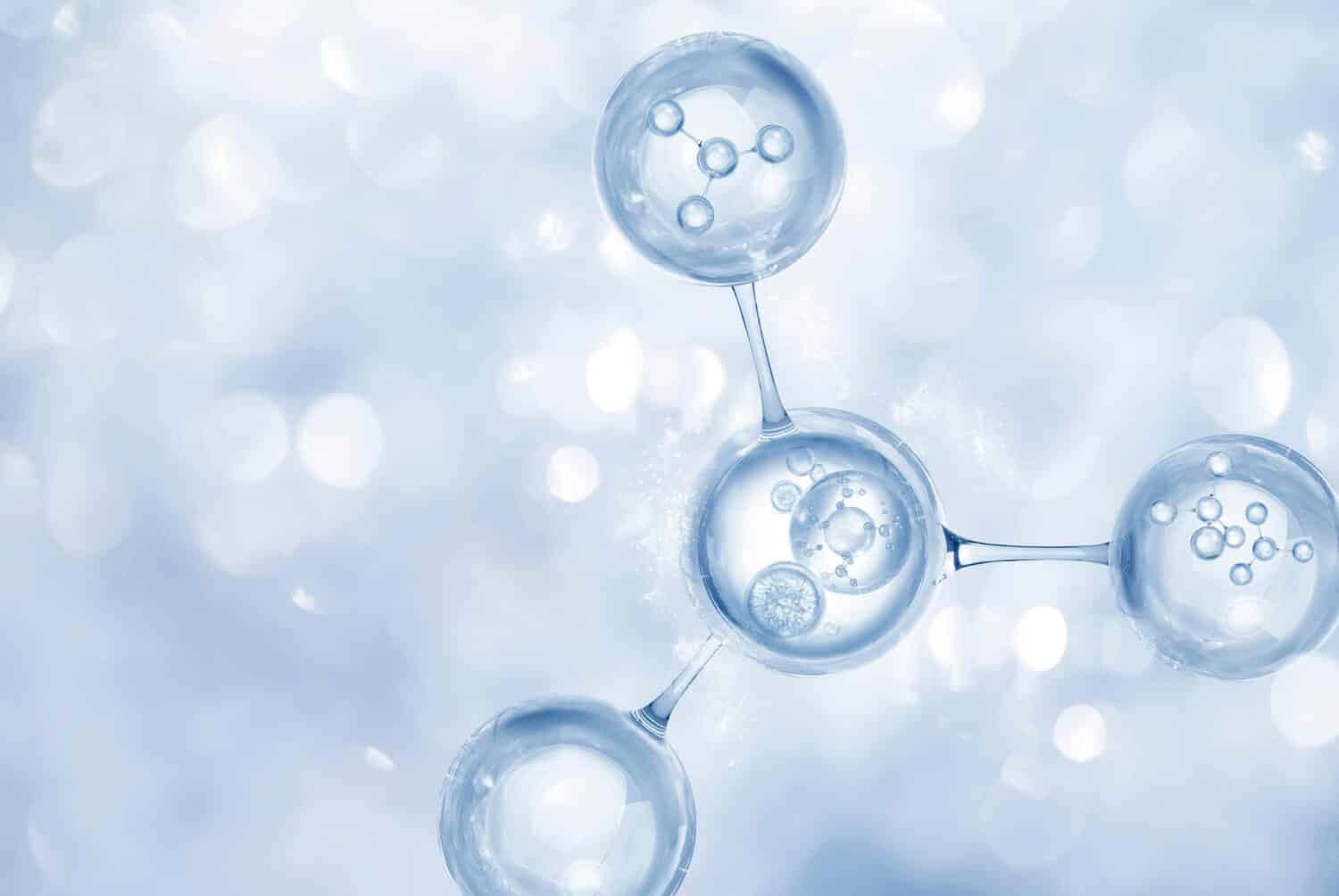Introduction
Many people heard of atoms and molecules, but what are they, and what are their chemical properties? By definition, an atom is the basic building block of all matter. This makes it the smallest naturally occurring object in the world. Subatomic particles called protons, neutrons, and neutrons make up an atom. Certain atoms differ in the number of each of these subatomic particles.
However, neutrally charged atoms all typically have the same number of protons and electrons. These atoms can join together to form molecules. A molecule consists of at least two atoms that make the smallest unit of a pure substance. These tiny units will divide without losing the chemical properties and formation of the pure substance, and can also join together. Chemical bonds hold together the atoms that compose these molecules, creating different molecular formations. While the concept of molecules may seem fairly straightforward, they can be extremely complex. Keep reading to learn all about the chemical properties of molecules, including polarity!
Polarity

Polarity refers to the distribution of the electrical charge of the molecule between the atoms.
©Thongden Studio/Shutterstock.com
One of the main chemical properties of molecules is their polarity. Polarity refers to the distribution of the electrical charge of the molecule between the atoms. This distribution identifies molecules as either polar or nonpolar Here is what the two different classifications mean.
Nonpolar Molecules
When the electrical charge is distributed equally throughout the entire molecule, the molecule can be classified as nonpolar. These molecules covalent bonds hold these molecules together, where the atoms join together by sharing electrons. Nonpolar molecules do not mix with water due to their charge, making them easy to identify. Some examples of nonpolar molecules include carbon dioxide, oxygen gas, estrogen, and cholesterol.
Polar Molecules
Just like nonpolar molecules, polar molecules are joined together by covalent bonds. However, these molecules differ in their electrical distribution. In polar molecules, the electrical charge is not evenly distributed across the atoms. This creates slightly positive and slightly negative ends of the molecules that are attracted to one another. The most common example of a polar molecule is water. Because the oxygen atom has a strong electrical charge, it attracts the two hydrogen atoms toward itself. This attraction creates a negatively charged area, leaving the other pole of the molecule with a positive charge. The different charges at the poles of the molecules give polarity its name. Other types of polar molecules include ammonia, sulfur dioxide, and hydrogen sulfide.
Electronegativity

Electronegativity refers to the strength an atom has to attract electrons toward itself to bond.
©Sergey Nivens/Shutterstock.com
The different electrical charges in molecules are determined by electronegativity. Electronegativity refers to the strength an atom has to attract electrons toward itself to bond. First explained by Linus Pauling in 1932, this concept is determined by the expected strength of a covalent bond between two atoms. Pauling devised an equation to determine the electronegativity of different molecules based on different energies within the molecule. The periodic table, subsequently, was organized in terms of electronegativity. The left side of the table shows the molecules with the lowest electronegativity, while the right side displays those with the highest. This organization is extremely helpful to scientists looking to learn more about molecules and how they interact. The opposite of electronegativity is electropositivity. This refers to the tendency of an element to donate valence electrons to other atoms with stronger electrical charges.
Dipole Moment

One of the most recognizable dipole moments happens in the hydrogen chloride molecule.
©Andrey_Popov/Shutterstock.com
A dipole moment refers to the separation of charges between atoms in a molecule. This separation can occur from both covalent and ionic bonds. When atoms have a significant difference in electronegativity, the dipole moment will be much larger. The atom with the greater electronegativity will begin pulling on the electrons shared between the two atoms, creating this dipole moment. These moments are measured in Debye units, which are found by multiplying the charge with the distance between the two charges in the molecule. One of the most recognizable dipole moments happens in the hydrogen chloride molecule.
Applications of Polarity in Chemistry
When conducting experiments, chemists often have to dissolve certain chemicals or elements within other substances. Polarity and understanding the chemical properties of molecules play an important role in this process. Chemists are aware that polar compounds dissolve other polar compounds, and nonpolar molecules do the same. When looking to dissolve a substance, chemists need to be aware of the element’s polarity to help the experiment run smoothly. This is just one of the many applications of polarity in modern chemistry.
Thank you for reading! Have some feedback for us? Contact the AZ Animals editorial team.








